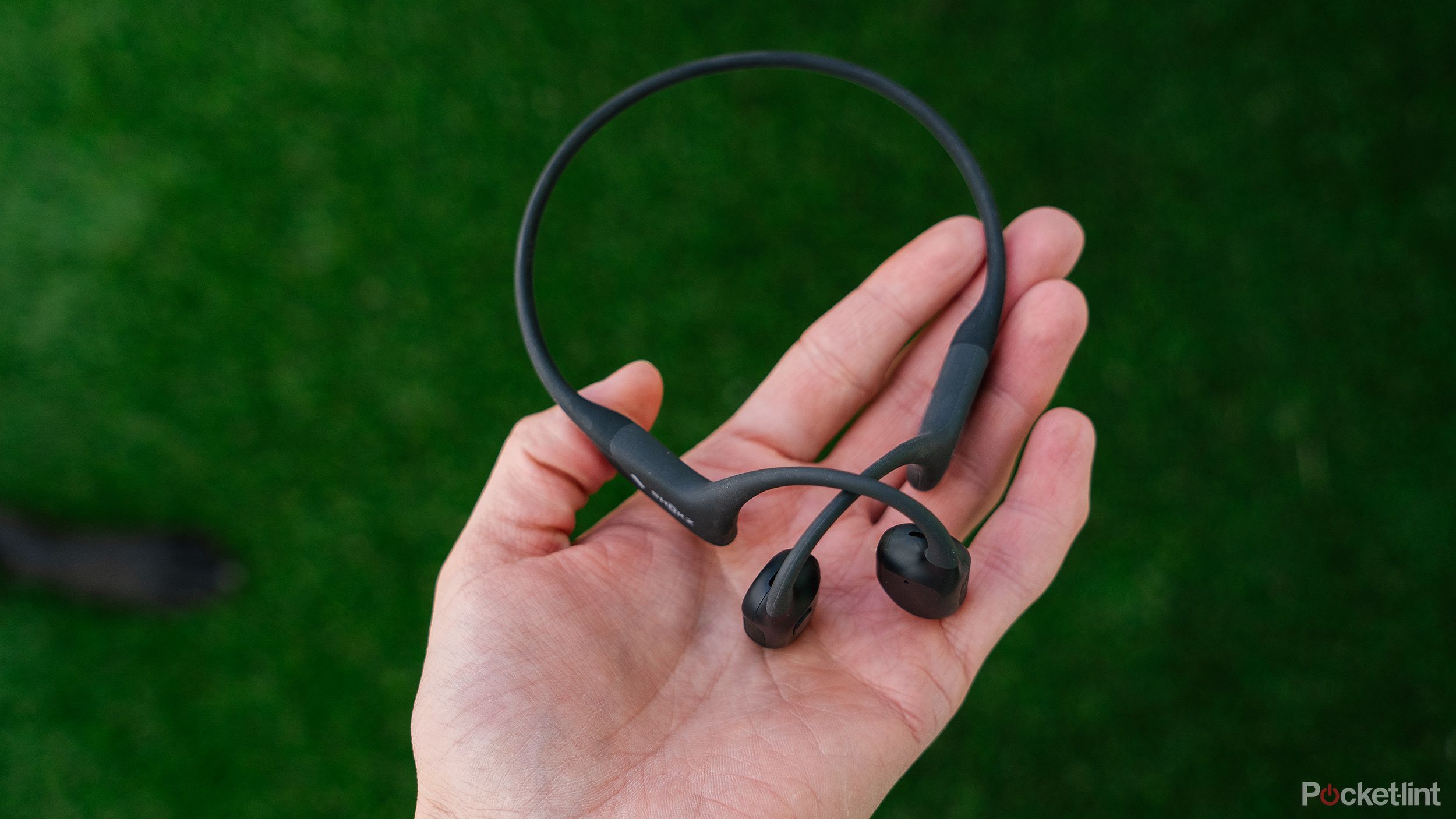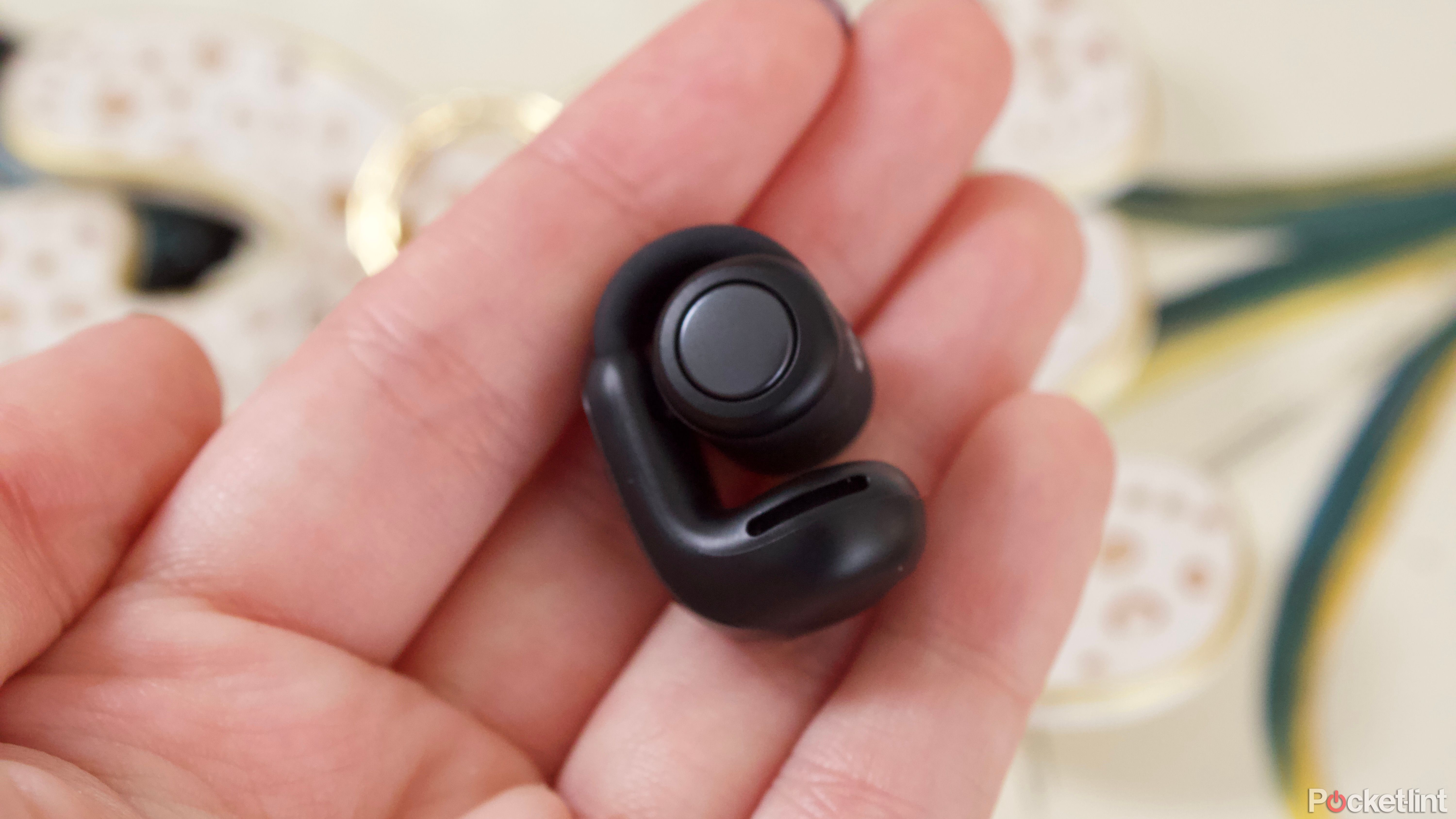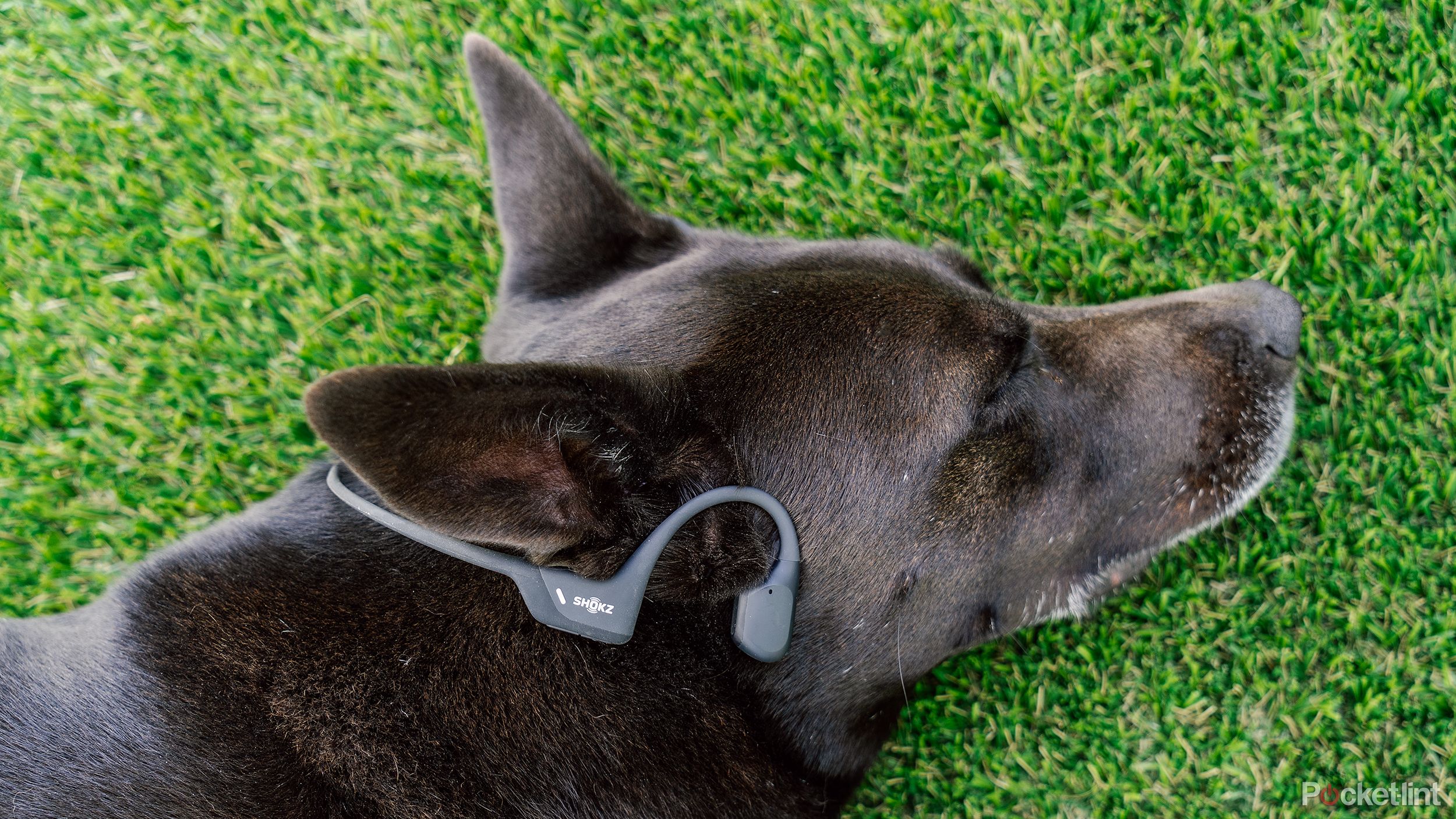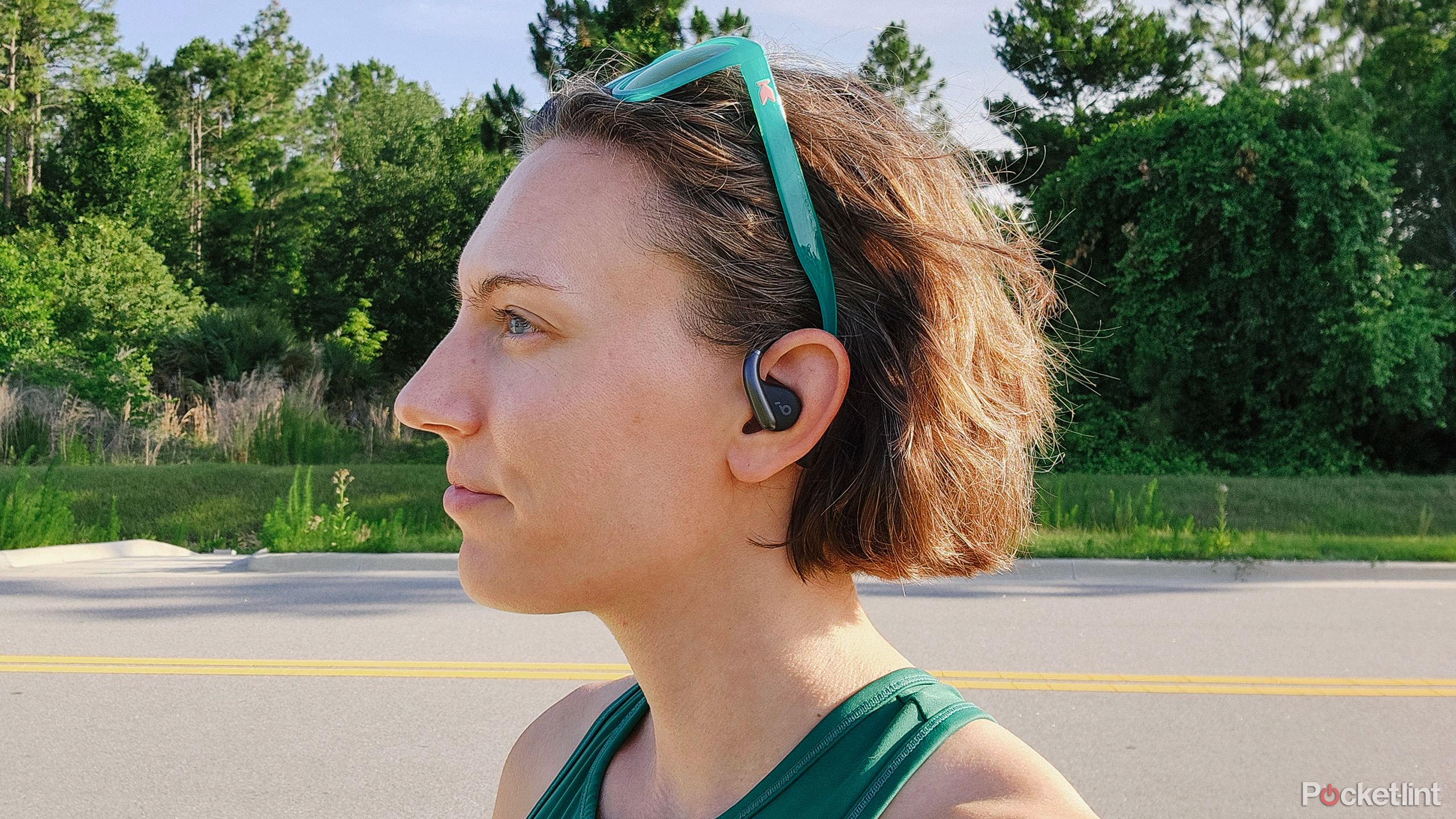Key Takeaways
- Bone conduction headphones are lighter than open-ear ones, making them more comfortable for long runs.
- They stay secure during runs, offering more freedom of movement compared to open-ear headphones.
- Bone conduction headphones require less position adjustment and do not add pressure like open-ear headphones.
Although I love running, getting out there without any sort of music or podcast can be brutal. For me, the best way to churn out the miles is to zone out and focus on something other than the drudgery of the run. Podcasts are typically my go-to, but even though I like to listen to something, I still need to stay alert to my surroundings for safety and courtesy reasons.
0:51
This tiny Garmin device helped me to improve my running form
Of course, you need to need to know what to do with those stats.
Both bone conduction and open-ear headphones provide better situational awareness since there’s nothing blocking your ear canal. As a result, you can still hear noise from your surroundings while listening to your headphones.
Bone conduction headphones work by sending vibrations along your cheekbones, allowing sound to bypass the eardrums and go directly to the inner ear. Open-ear headphones, also known as air-conduction headphones, function much like traditional earbuds (and how we hear in general). Unlike traditional earbuds, though, they sit outside of your ear, using the air to carry the sound waves to the eardrum.
Open-ear headphones come in a few different styles, either clipping onto your ear like a cuff or looping over the ear with an ear-hook design. Bone conduction headphones typically use a band that goes around the back of the head and ear hooks that sit on top of the ears. While each type certainly has its advantages, and it truly comes down to personal preference, I much prefer to run in bone conduction headphones for a few key reasons.
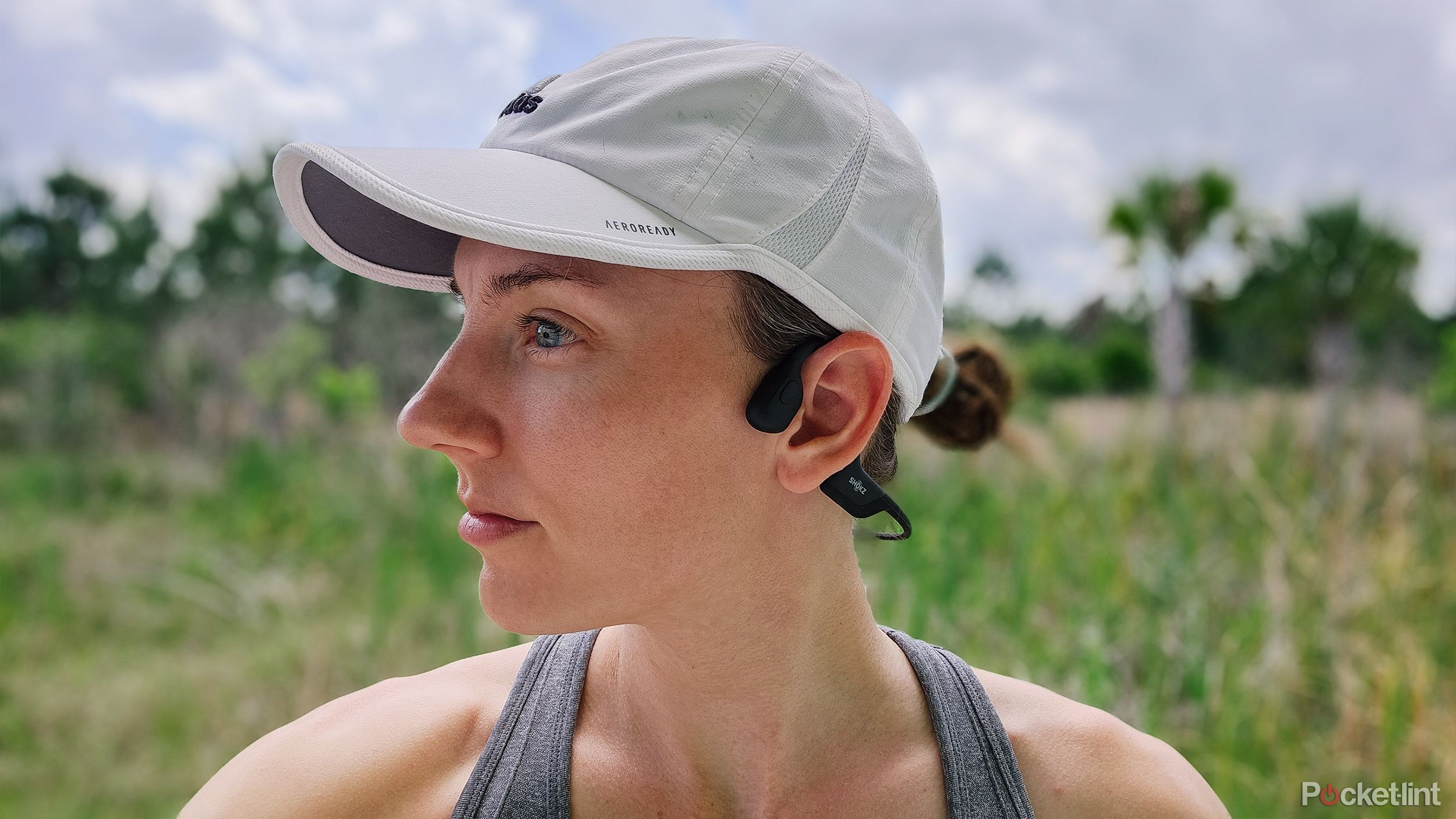
I exclusively use bone conduction headphones for running. Here are 3 reasons why
Bone conduction has serious benefits for runners and cyclists.
1 Lighter design
Less weight means less noticeable
First and foremost, bone conduction headphones, despite having the additional material because of the band, are generally lighter than open-ear headphones. That’s especially true when compared to open-ear headphones that rely on the ear hook design. That hook style uses a counterweight at the back to keep them in place, which can add a noticeable amount of weight that sits right behind the ear.
I’m not a fan of heavy things on my head (is anyone?), so I don’t enjoy wearing headphones with any weight to them in general. But that’s especially true when I run. Running is hard enough, so I don’t want to add anything that could cause more discomfort. While I like to be distracted by podcasts, I don’t want to be stuck dwelling on how annoying something feels while I run.
The lightweight design of bone conduction headphones makes them much more comfortable to wear, especially when I’m out for longer runs. At least with my Shokz OpenRun Pros, I don’t even notice they are on my head, which is exactly what I look for in running headphones.
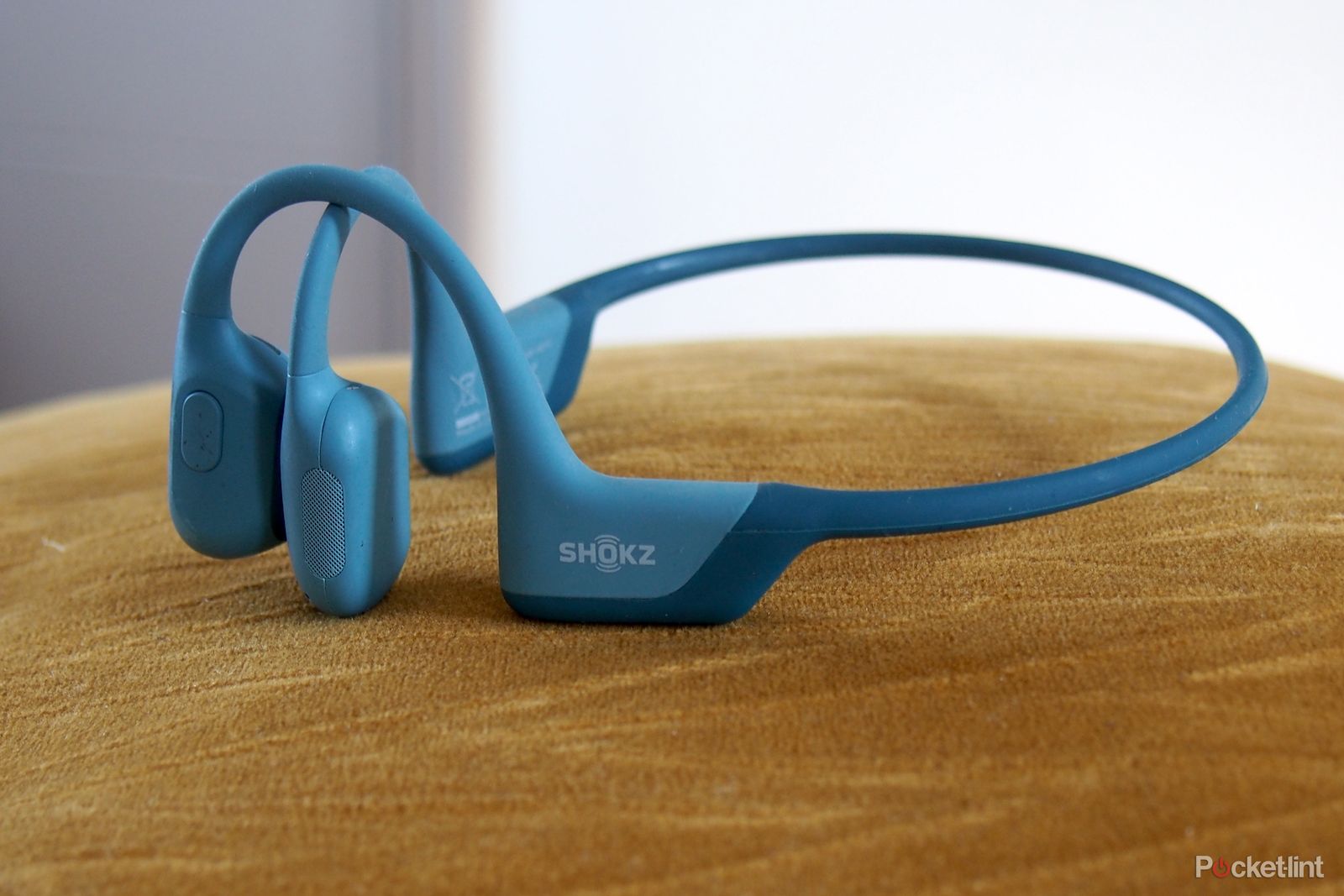
Shokz OpenRun Pro review: Clear sound for the open road
These bone conduction headphones are a great choice for running, cycling and whenever you need to keep an ear on your surroundings.
2 They stay put
More freedom of movement
While running doesn’t involve a lot of crazy movement, there is some bouncing involved.
On my ears, the hook-style open-ear headphones tend to feel like they are precariously balanced there.
Plus, if I’m trail running (which is frequent), I tend to dodge, duck, dip, dive, and dodge around tree branches, which means my head is moving around. On my ears, the hook-style open-ear headphones tend to feel like they are precariously balanced there. While I haven’t had them fall off (yet), they never feel very secure. I find myself thinking about them the entire run, which is far from ideal.
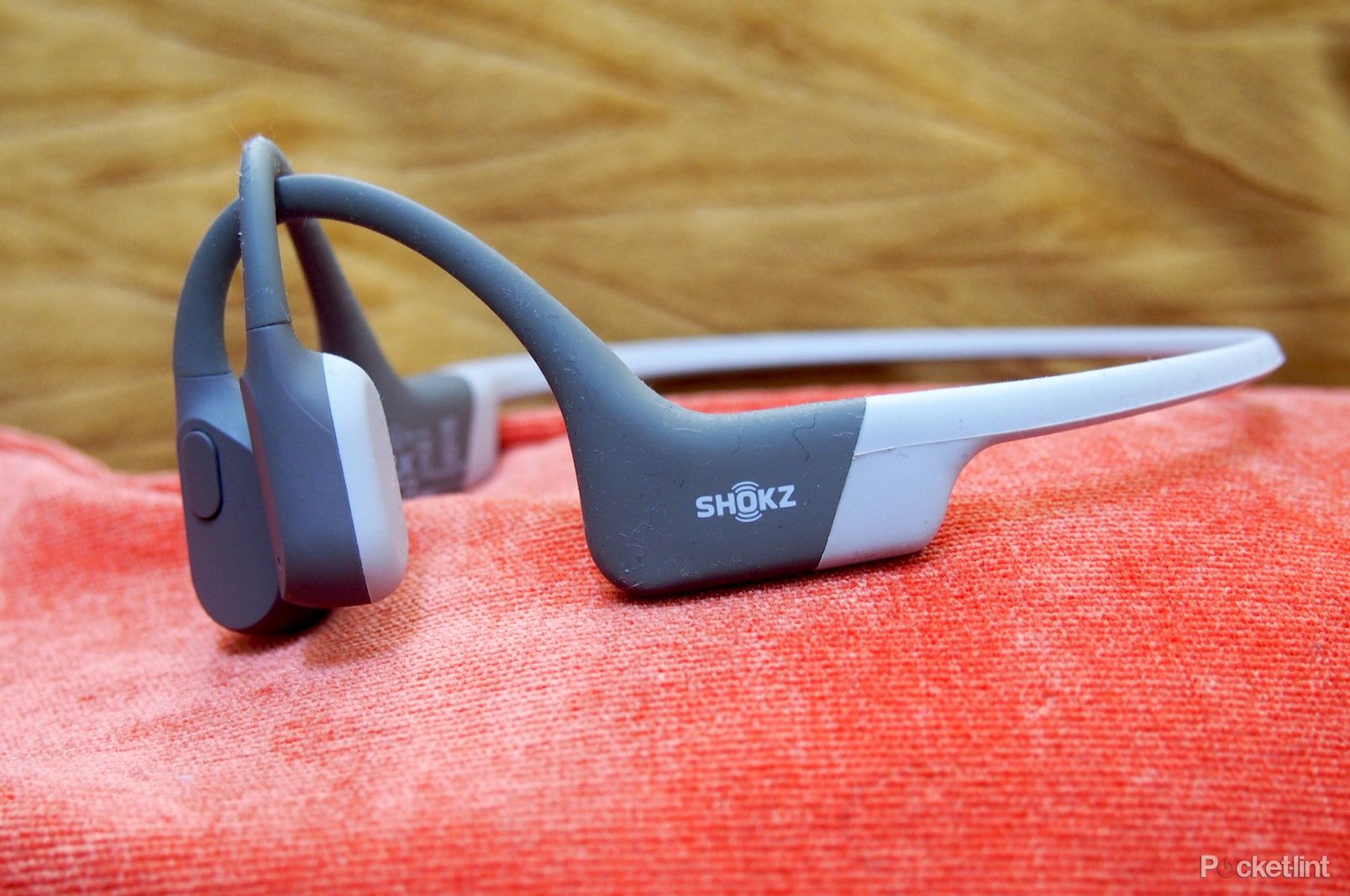
Shokz OpenRun review: Keep your ears on the road
These are some of the best bone conduction headphones you can buy right now.
My Shokz bone conduction headphones, on the other hand, feel much more secure. That security is thanks to the band that goes around the back of my head so that they aren’t balanced on a single ear and nothing more. They don’t budge at all during runs, even trail runs with lots of tree dodging. That means I can focus on my run (or podcast) instead of worrying about my headphones falling off.
3 Placement is less critical
There’s far less wiggling involved
Open-ear headphones send sound waves through the air, which means that placement relative to your ear canal is important for sound quality. If they aren’t in the right place, that sound may have to travel further or get blocked by parts of your ear, which can lessen the volume. Since the over-ear style of open-ear headphones are essentially a balancing game, it can be tricky to get them in just the right position. I end up wiggling them around quite a bit, especially when I first put them on, so that I can actually hear without turning the volume way up.
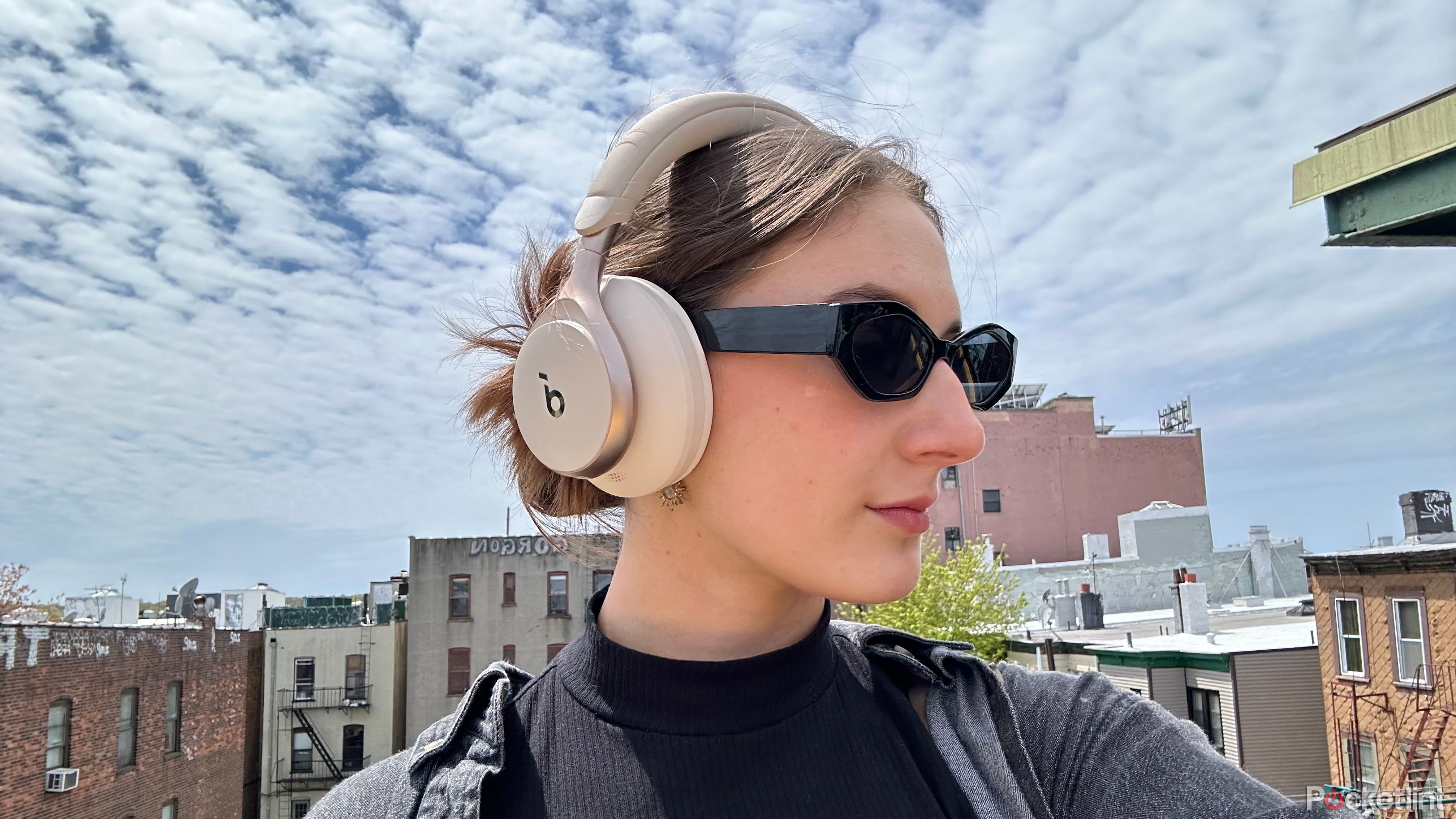
Soundcore’s Space One headphones helped me nail the ‘it girl’ look on a budget
For only $100, these over-ears grant great style, sound, and ANC.
There’s no position wiggling required with bone conduction headphones. In fact, that isn’t even possible because the band is fairly rigid. They sit in one place and can’t be adjusted any other way. Once I get them on, I know they will be in the right place and that it won’t change during a run, so there’s far less fuss.
4 No added pressure
Nothing is clipped on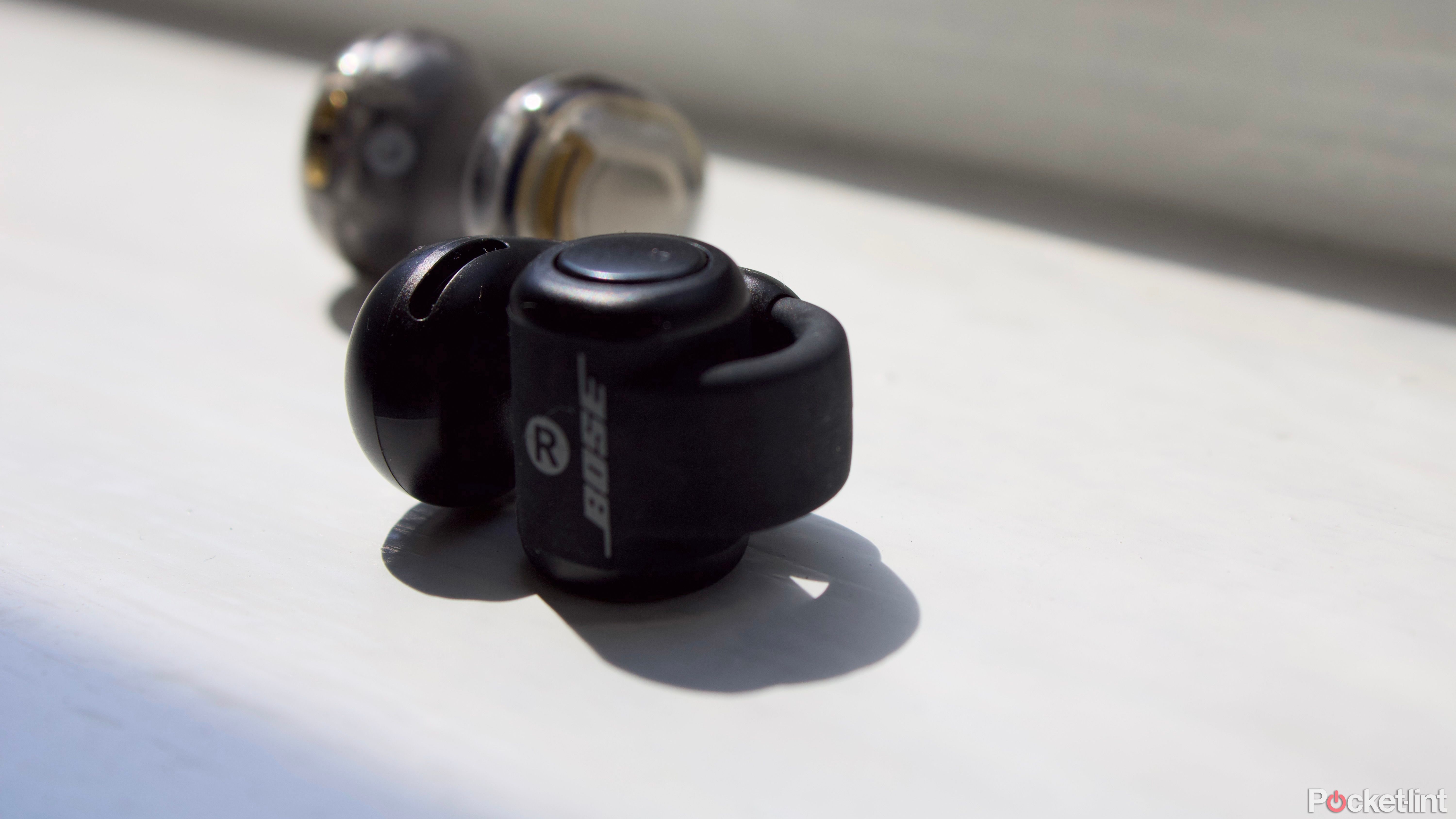
The other style of open-ear headphones don’t involve any balancing, but they do clip onto the side of the ear. I haven’t used this style nearly as much as others, but that’s partly because I don’t enjoy the sensation, especially for longer runs. They stay put pretty well, but the pressure on my ears builds over time, and it isn’t very comfortable.
0:58
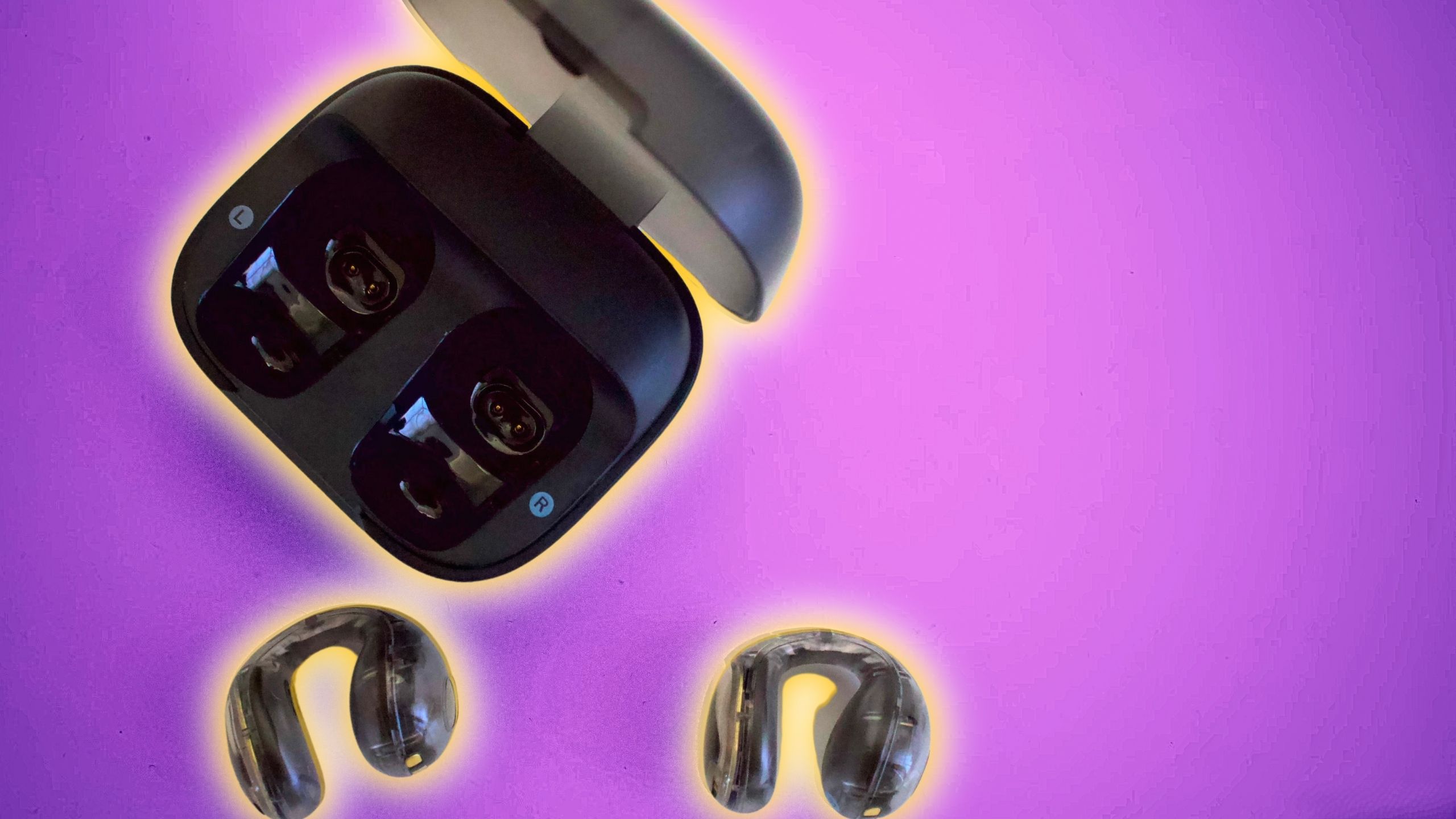
Soundcore’s clip-on earbuds are a cheaper Bose Ultra Open dupe
Bose’s Ultra Open earbuds are some of my favorite open-ears, and the Soundcore C30i delivers the same awareness for only $70.
I know some people experience discomfort with the vibrations necessary for bone conduction, but I haven’t had any issues with that. I much prefer the minimalistic feel of the bone conduction headphones to something that clips onto the side of my ear. With bone conduction, there’s no added pressure or weight in places that aren’t used to having weight, which can occasionally cause headaches for me.
Trending Products

Cooler Master MasterBox Q300L Micro-ATX Tower with Magnetic Design Dust Filter, Transparent Acrylic Side Panel…

ASUS TUF Gaming GT301 ZAKU II Edition ATX mid-Tower Compact case with Tempered Glass Side Panel, Honeycomb Front Panel…

ASUS TUF Gaming GT501 Mid-Tower Computer Case for up to EATX Motherboards with USB 3.0 Front Panel Cases GT501/GRY/WITH…

be quiet! Pure Base 500DX Black, Mid Tower ATX case, ARGB, 3 pre-installed Pure Wings 2, BGW37, tempered glass window

ASUS ROG Strix Helios GX601 White Edition RGB Mid-Tower Computer Case for ATX/EATX Motherboards with tempered glass…


